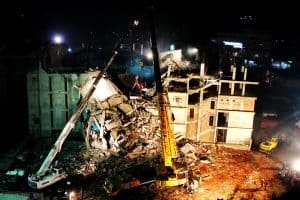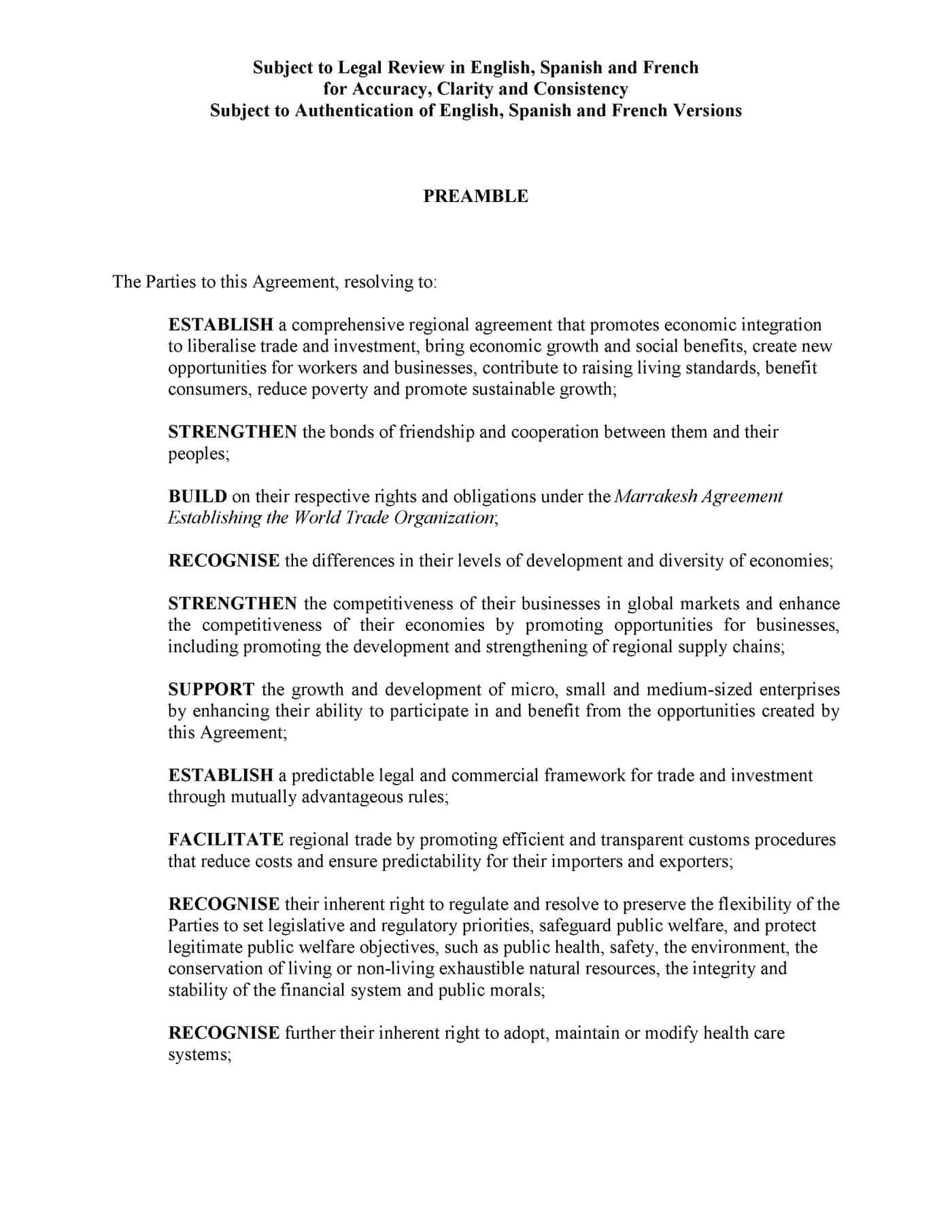 The Australian Human Rights Commission has released a report into the prevalence of sexual harassment and sexual assault in Australia’s university campuses. It has revealed some shocking statistics and brings Australian universities into the global phenomenon of reassessing university obligations for the modern world.
The Australian Human Rights Commission has released a report into the prevalence of sexual harassment and sexual assault in Australia’s university campuses. It has revealed some shocking statistics and brings Australian universities into the global phenomenon of reassessing university obligations for the modern world.
Australia’s occupational health and safety laws and obligations could be used as a structure for preventing assaults and harassment if the government and universities would be brave enough to use them.



